california buckeye
Aesculus californica
Member of
buckeyes and horse-chestnuts (genus Aesculus)
soapberry family (family Sapindaceae)
dicots (class Magnoliopsida)
white in flowering plants
There are no other wild species of this genus in California.
This species has no subspecies or varieties.
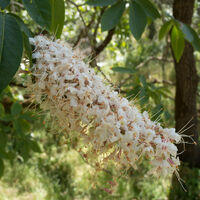
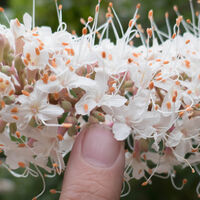

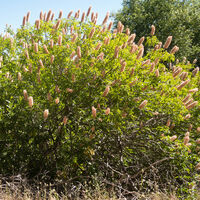

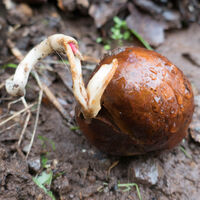
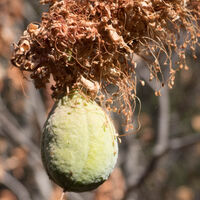
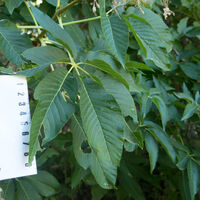
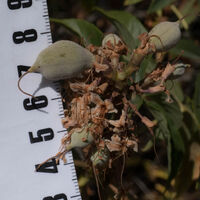
Most flowers have only stamens (male parts). Only one flower (or a few) at the tip of the inflorescence is perfect, having both male and female parts. This often blooms first, and it is where the fruit eventually grows.
Toxicity of california buckeye (Aesculus californica):
3 – Ingestion of these plants is expected to cause nausea, vomiting, diarrhea and other symptoms that may cause illness but is not life-threatening.
Locations: Months: For more details, use advanced search.
Chris’s observations: 111 (108 are research grade)
Not all sites include this taxon:
- Aesculus californica → iNaturalist – Calflora – CalPhotos – Jepson eFlora
- not yet listed → FNA
Bay Area species: iNaturalist – Calflora